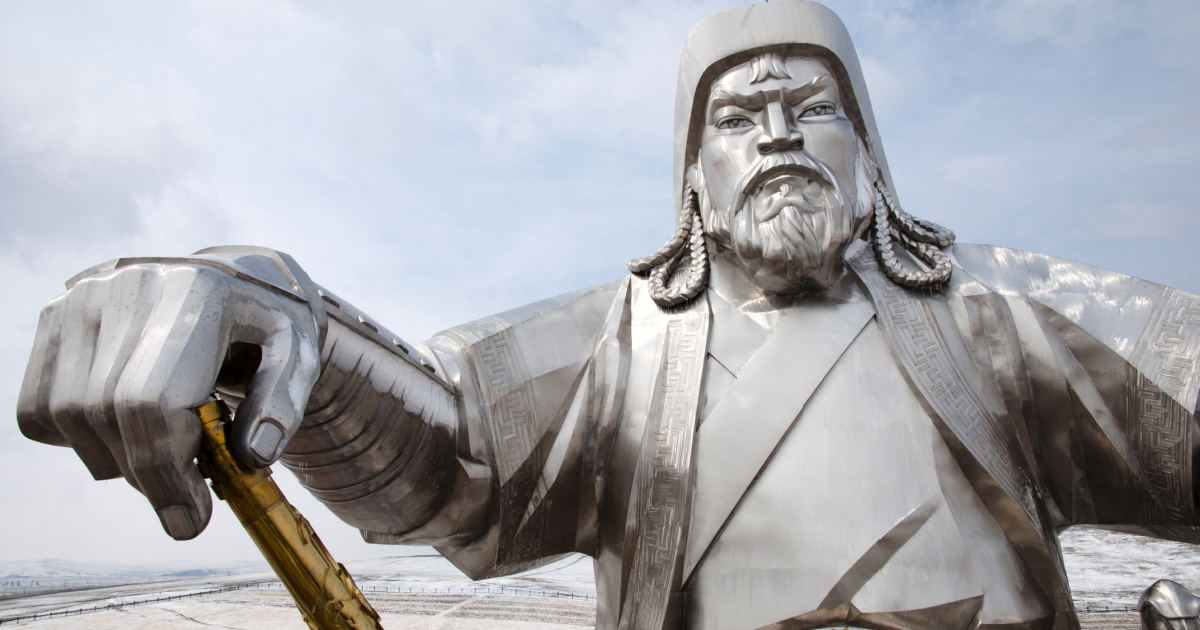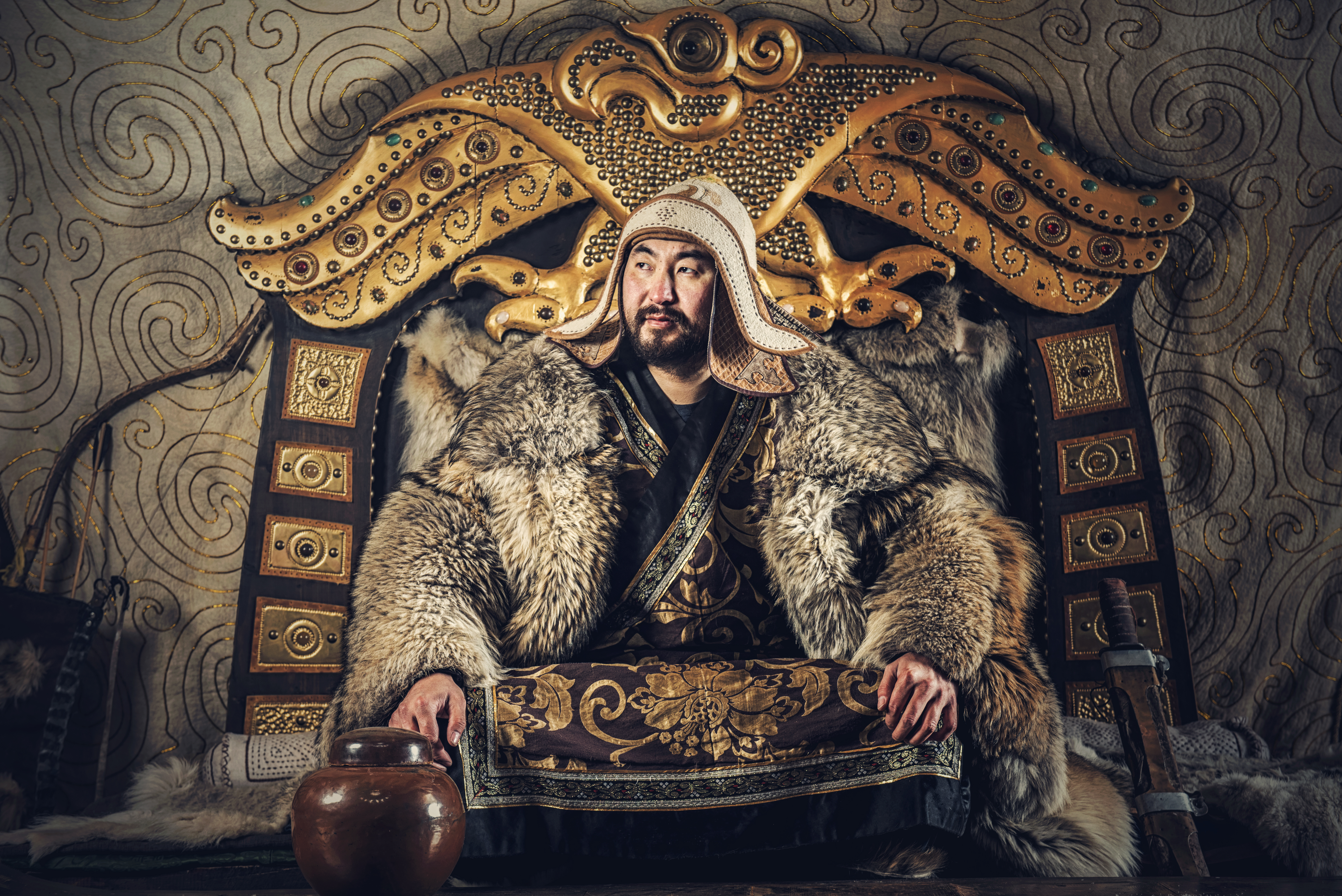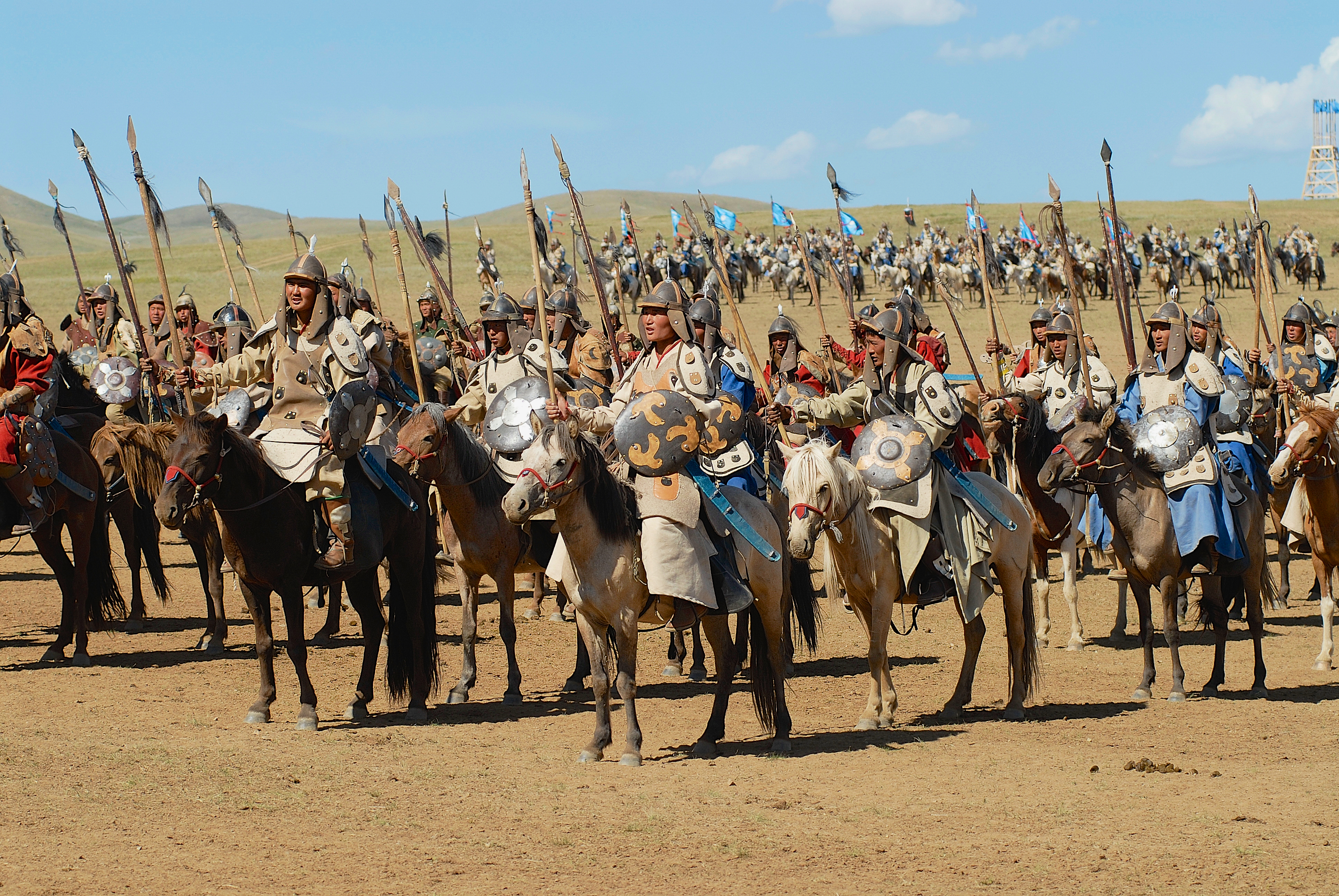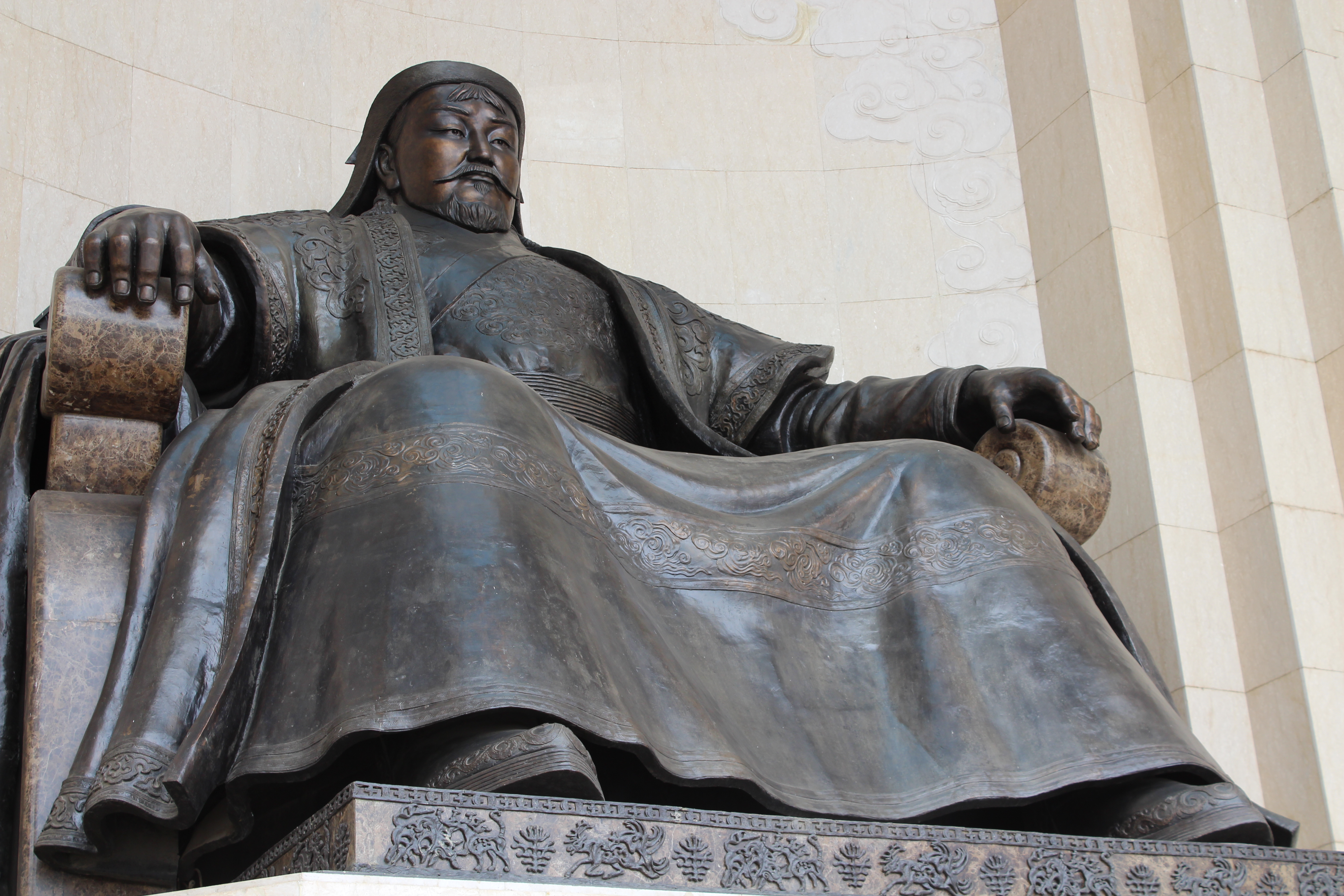

I know that some people have more of a, um, drive than others, but to have literally sired a good portion of humanity?
That claim has always seemed like a bit of a stretch to me – but was Genghis Khan really that…prolific?
Genghis Khan was born near Lake Baikal, in to a small nomadic tribe. No one then could have guessed that he would one day unite Mongolia and rule over one of the largest empires to ever exist.
Another thing no one would have guessed is that he would actually be most famous for how many children he managed to sire.
The factoid traces back to a historical genetics study done in 2003.
Researchers sampled DNA from 16 Asian populations and found that 1 in 12 men shared an unusual Y-chromosome that likely came from Genghis Khan.
The deduced this by relying on clues from science and history, and were certain a general population explosion could not be the answer.
“If this spread were due to a general population expansion, we would expect to find multiple lineages with the same characteristics of high frequency and presence in multiple populations, but we do not.”


They also ruled out the possibility of this Y-chromosome lineage popping up by chance.
If it wasn’t chance and it wasn’t population expansion, they figured it had to be down to Khan – though, not just his many wives and offspring.
“The small number of genes on the Y chromosome and their specialized functions provide few opportunities for selection, making it therefore necessary to look for alternative explanations.”
So biology, yes, but also the fact that Khan’s army tended to completely wipe out the people they conquered, leaving a smaller gene pool to start with, explains co-author and geneticist Spencer Wells.
“This is a clear demonstration that culture plays a very big role in patterns of genetic variation and diversity in human populations. It’s the first documented case when human culture has caused a single genetic lineage to increase to such an enormous extent in just a few hundred years.”
Khan’s family line ruled large areas in Asia for hundreds and hundreds of years, leading to the fact that 8% of men in the region share one single male ancestor.
That equates to 1 in 200 worldwide.
The scientists used logic, statistics, and common sense to deduce that common ancestor was almost certainly Genghis Khan.
Khan had seven wives and as many as 500 concubines during his lifetime. We can assume he fathered at least 507 children, and probably many more – if the numbers are accurate.
Unfortunately, we have very little way of knowing, and even if he did, only his sons fathered by his first wife (he had four) would have been considered legitimate.


Mongol historian David Morgan thinks the higher numbers are totally plausible; Genghis’ oldest son alone was said to have 40 sons.
Researchers found another Y-chromosome lineage from easter Asia that shows up in 1 in 30 sampled men. It started around 500 years ago, the authors say.
“We reasoned that the events leading to the spread of this lineage might have been recorded in the historical record, as well as in the genetic record. The Qing dynasty was founded by Nurhaci (1559-1626) and was dominated by the Qing imperial nobility, a hereditary class consisting of male-line descendants of Nurhaci’s paternal grandfather, Giocangga (died 1582), with more than 80,000 official members by the end of the dynasty.”
There are many reasons the genetic lineage of Giocangga was favored over others.
“The nobility were highly privileged; for example, a ninth-rank noble annually received 11 kilograms of silver and 22,000 liters of rice and maintained many concubines. A social mechanism was thus established that would have led to the increase of the specific Y lineage carried by Giocangga and Nurhaci and to its spread into a limited number of populations. We suggest that this lineage was the Manchu lineage.”
In 2006, researchers found another widespread Y-chromosome lineage that stretches from the Middle East to the western coast of Ireland.
1 in 5 men share this genetic signature, and some want to attribute the material to Niall Noígíallach (or Niall of the Nine Hostages).
This (possibly mythical) fifth century king supposedly began the Uí Néill dynasty of Ireland.
Since we have no proof he exists, though, most scientists aren’t ready to give him the Y-chromosome credit.
That said, not of these prolific patriarchs hold a candle to Genghis Khan’s legacy – at least, we’re pretty sure.
The only way to verify it would be to have DNA from the man himself, but we unfortunately don’t have any.


Evolutionary geneticists like Chris Tyler-Smith, though, haven’t given up hope that maybe one day we will.
“Looking for these links is fascinating. When we did it, we were using pretty indirect lines of reasoning, and you could try and do that with each of these lineages. What I really hope is that at some point someone will find Genghis Khan’s tomb and remains.”
What an exciting day that would be, for all his millions of descendants.
If it’s out there, you’ve got to figure that one day, we’ll find it.
If you thought that was interesting, you might like to read a story that reveals Earth’s priciest precious metal isn’t gold or platinum and costs over $10,000 an ounce!
Source: https://twistedsifter.com/2024/04/are-1-in-200-people-really-descended-from-genghis-khan/
